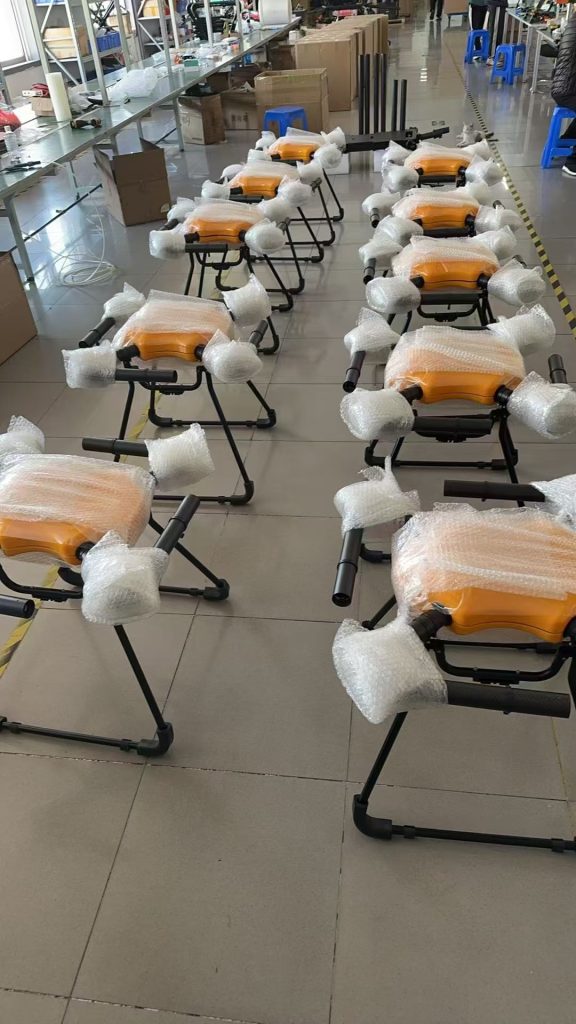
Efficiency is the lifeblood of modern agriculture. With a projected 10 billion people to feed by 2050, farmers must produce more with less—less land, less water, less labor, and fewer chemical inputs. Traditional spraying methods (manual labor, tractors, manned aircraft) have long struggled to balance productivity with sustainability. Enter drone spraying, a technology engineered to maximize efficiency at every step: faster coverage, less chemical waste, lower labor costs, and minimal environmental harm.
This article breaks down how drone spraying delivers unparalleled efficiency—and why it’s a game-changer for farmers, ecosystems, and global food security.
Defining “Efficiency” in Drone Spraying
For agriculture, efficiency isn’t just about speed—it’s a holistic measure of:
-
Speed: How quickly a drone can cover a field.
-
Chemical Use: How little pesticide/herbicide is wasted.
-
Labor: How much human effort is reduced.
-
Environmental Impact: How little the process harms soil, water, or wildlife.
-
Cost: How affordable the solution is for farmers.
Drone spraying excels in all five categories—outperforming traditional methods by wide margins.
1. Speed & Coverage: Cover Acres in Hours, Not Days
The most obvious efficiency gain of drone spraying is speed. Drones eliminate the bottlenecks of manual labor and large equipment:
How Drones Are Faster:
-
No Terrain Limits: Drones fly over hills, ditches, and uneven fields—unlike tractors, which get stuck, or manual workers, who struggle with slopes.
-
Parallel Processing: Swarms of drones work simultaneously, dividing fields into grid cells. A fleet of 20 drones can spray 10,000 acres in a single day—equivalent to 50 tractor passes or 100 manual sprayers.
-
24/7 Operation: Drones don’t need rest—they can spray at dawn, dusk, or even at night (with proper lighting), avoiding heat stress for crops or delays from daylight hours.
Real-World Example:
In Brazil’s Mato Grosso soybean belt, a 50,000-acre farm used drones to spray for soybean rust. Time saved: 3 weeks (tractor) → 4 days (drones). For a crop where every day counts, this prevented a 15% yield loss.
2. Chemical Reduction: Less Waste, Better Results
Blanket spraying—applying chemicals uniformly across entire fields—is the norm with tractors and manual labor. But it’s incredibly inefficient: up to 50% of chemicals never reach target plants, drifting into soil, water, or non-target crops.
Drones fix this with precision:
-
Variable-Rate Spraying (VRT): Drones use multispectral data to identify stressed plants (pests, diseases) and adjust chemical flow in real time. Infected zones get 5 L/acre; healthy zones get 1 L/acre.
-
Micro-Droplet Nozzles: Centrifugal nozzles produce droplets as small as 50 microns—10x smaller than traditional sprayers. These tiny droplets stick to leaves without drifting, reducing waste by 30–60%.
-
Targeted Application: Drones spray only where needed—no over-application on healthy plants.
Real-World Example:
A Washington apple grower switched from tractor spraying to drones. Chemical use: Down 50%. Result: Fewer pests damaged blossoms, and yields increased by 15%—all while meeting strict EU residue standards for export.
3. Labor Savings: Replace Backbreaking Work with Buttons
Manual spraying is grueling: workers hike steep terraces, carry heavy sprayers, and inhale toxic fumes for hours. Tractors require skilled operators and constant maintenance. Drones eliminate this burden:
How Drones Reduce Labor:
-
Remote Operation: A single operator can manage 50+ drones from a laptop or phone. No need for field teams.
-
No Physical Strain: Drones do the “walking” and “spraying”—farmers monitor progress from a safe distance.
-
Faster Training: Operating a drone takes days, not weeks. Farmers can upskill quickly without hiring specialized labor.
Real-World Example:
A Sri Lankan tea plantation with 200 smallholder farmers used drones for collective spraying. Labor cost: Cut by 60% per farmer. Result: Farmers reinvested savings in better tea processing equipment, increasing their income by $100/acre.
4. Environmental Efficiency: Protecting Soil, Water, and Wildlife
Traditional spraying harms ecosystems:
-
Runoff: Over-spraying sends pesticides into rivers, killing fish and contaminating drinking water.
-
Drift: Wind carries chemicals to neighboring fields, harming beneficial insects (like bees) or organic crops.
-
Soil Compaction: Tractors compress soil, reducing its ability to hold water and nutrients.
Drones are environmentally friendly by design:
-
Minimal Runoff: Micro-droplets stick to leaves—no excess chemical drips into soil.
-
No Drift: Directed airflow pushes droplets onto target plants, not into the wind.
-
Zero Soil Compaction: Drones fly—no heavy machinery crushing roots or reducing soil health.
Real-World Example:
A Nebraska wheat farm used drones to spray a moisture-retaining polymer. Water use: Down 30%. Result: Healthier plants produced more grain, and nearby streams saw a 50% reduction in pesticide residue.
5. Cost Efficiency: Lower Inputs, Higher Returns
Efficiency ultimately boils down to cost. Drones reduce expenses in three key ways:
-
Less Chemical Spend: 30–60% reduction in pesticide/herbicide use.
-
Lower Labor Costs: Replace 10 manual sprayers with 1 drone operator.
-
Higher Yields: Healthier plants produce more—offsetting any upfront drone costs.
ROI Example:
A 10,000-acre corn farm invests $200,000 in a drone swarm. Annual savings:
-
Chemicals: $50,000
-
Labor: $70,000
-
Yield increase: $80,000Payback period: < 2 years.
Technologies That Drive Drone Spraying Efficiency
None of this would be possible without cutting-edge tech:
1. RTK-GPS: Centimeter-Accurate Navigation
Ensures drones follow pre-mapped routes without drifting. Critical for even coverage and avoiding overlaps.
2. Multispectral Sensing: Seeing What Humans Can’t
Cameras capture near-infrared light to detect stressed plants—enabling targeted spraying.
3. Swarm Intelligence: Scaling Without Sacrificing Precision**
AI divides fields into zones and coordinates drone fleets—maximizing speed and minimizing waste.
4. Variable-Rate Pumps: Adjusting Flow in Real Time**
Pumps match chemical output to the health map—no over-application.
Challenges to Maximizing Efficiency
While drones are highly efficient, there are barriers to adoption:
1. Battery Life
Most drones fly 20–30 minutes—limiting coverage per charge. Emerging solid-state batteries (5x longer life) will fix this.
2. Regulatory Hurdles
Airspace rules vary by country. Farmers need clear guidelines for swarm operations.
3. Training Gaps
Older farmers may struggle with tech. Drone-as-a-Service (DaaS) models (pay per acre) bridge this gap—farmers don’t need to own drones to benefit.
The Future: Even More Efficient Spraying
Drone technology is evolving rapidly:
-
AI-Powered Autonomy: Drones will use real-time weather and pest data to adjust spraying mid-flight.
-
Next-Gen Batteries: Solid-state and hydrogen fuel cells will extend flight time to 60+ minutes.
-
IoT Integration: Drones will connect with soil sensors and ground robots—creating a fully automated smart farm.
Conclusion: Drone Spraying Is the Efficiency Revolution
Drone spraying isn’t just a tool—it’s a paradigm shift in agriculture. It replaces waste with precision, danger with safety, and inefficiency with productivity. For farmers, it means lower costs, higher yields, and healthier livelihoods. For the planet, it means less chemical runoff, more biodiversity, and a path to sustainable food production.
As a Kansas wheat farmer put it: “Before drones, I felt like I was fighting a losing battle with weeds and pests. Now, I spray smart, and my farm thrives.”
Drone spraying efficiency isn’t just about doing more—it’s about doing better. It’s the key to feeding 10 billion people without destroying the planet.
THE END

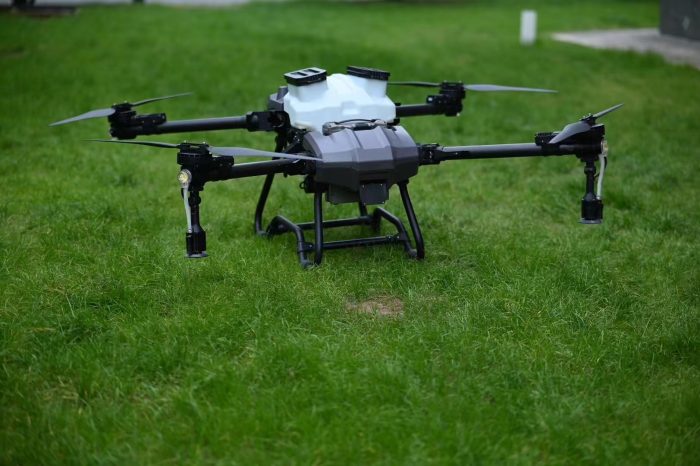
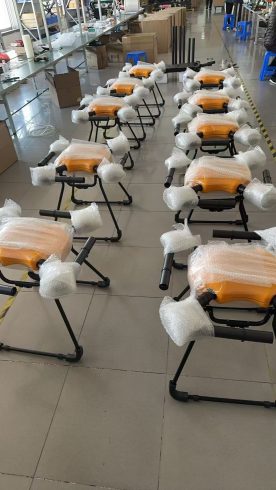
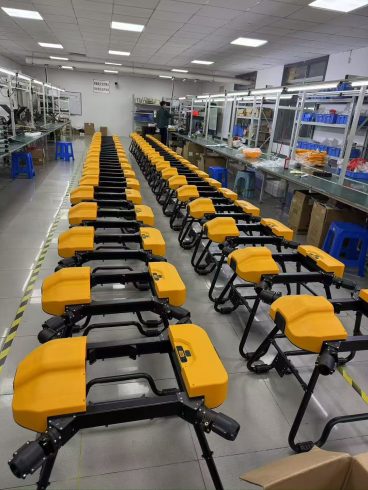


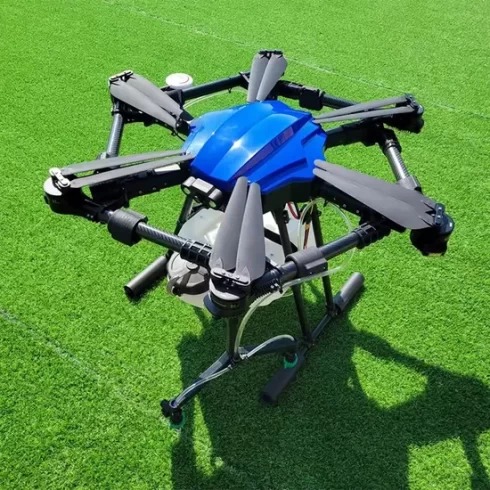

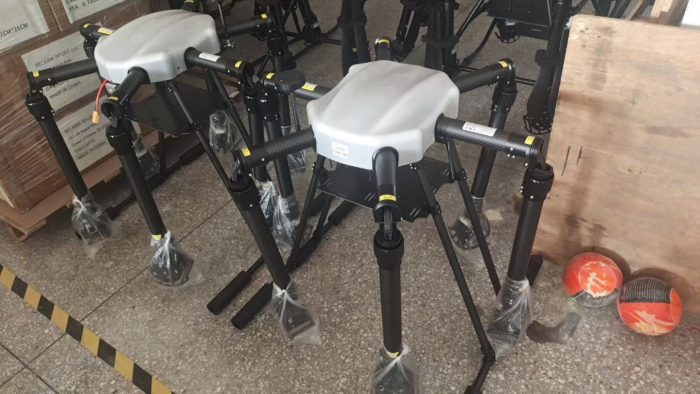

暂无评论内容